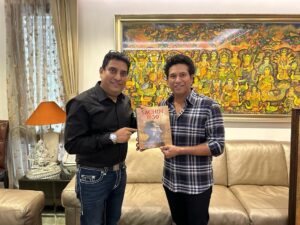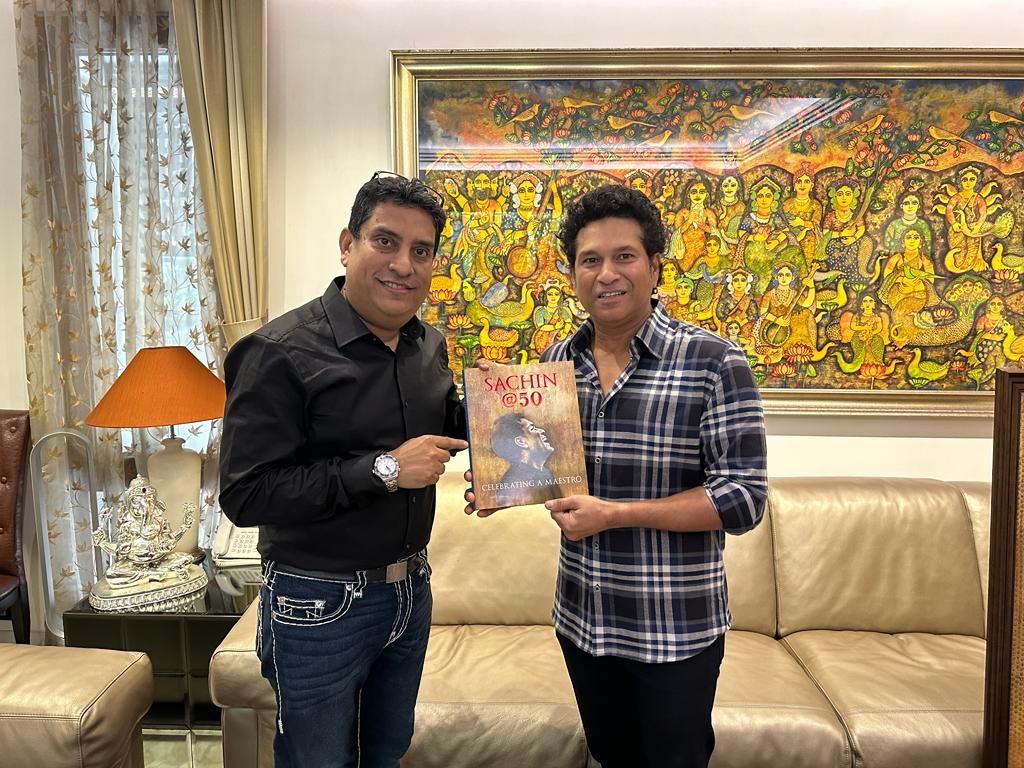
A 100 international hundreds. Impossible, but true. A testament to greatness that can never be challenged by even the most vociferous critic. Cricket has always celebrated Jack Hobbs scoring 100 first-class hundreds. In most debates on the world’s best opening batsman of all time, Hobbs has beaten his other illustrious successors like Sunil Gavaskar to the finish line on the strength of these hundreds in the first-class game. They are a monument to his hunger and phenomenal run-scoring ability. The difference between first-class and Test cricket is like chalk and cheese. It is akin to the difference between India playing Kenya, and India playing Australia or South Africa on a regular basis. Scoring 100 hundreds in international cricket is a feat that has, once and for all, set Tendulkar apart from his predecessors, contemporaries and perhaps even from a generation of future greats who haven’t yet graced the field of play. He stands unrivalled – no cricketer has ever been or will ever be where he is.
How do we figure out the enormity of a batsman scoring 100 hundreds? How do we rate such an achievement? If there aren’t any cricketing comparisons, how does this accomplishment stand in comparison to greatness achieved in other sports? Such comparisons, which are a fancy of every sports fan’s imagination, help in understanding the symbolism of the feat. The nearest comparisons are all from the field of athletics. Bob Beaman’s 1968 long jump world record that stood for nearly four decades, or more recently, Usain Bolt’s multiple world-record-breaking 100 m runs serve as a good index. The first word to describe these is ‘unbelievable’. And 100 hundreds is something similar. Babe Ruth’s home runs, Mark Spitz’s seven gold medals in Munich – subsequently bettered by Michael Phelps in Beijing – and Nadia Commaeci’s perfect 10s in Montreal are comparisons that help spice up the debate over the 100 hundreds. It is the pinnacle of achievement in sport, the very summit which appears inconceivable to start with.
For the Latest Sports News: Click Here

Now to throw a few more yardsticks into the mix. The pressure of millions of fans every time he walked out to bat for over two decades, an ordinary team till the late 1990s forcing him to carry the batting burden almost alone and, finally, surviving at the height of his powers for a staggering 24 years despite operations on his feet, ankle, hip, elbow and fingers. We are now talking of the Tendulkar phenomenon. No sporting great has overcome so many challenges. Wilma Rudolph beating polio on her way to three Olympic golds fades in comparison. So does the legend from Bowral, considered cricket’s epitome of greatness. Sir Donald Bradman never played for a nation of a billion-plus, never batted in a game where a loss was similar to a criminal conviction with millions sitting in judgment. Bradman played a sport. Tendulkar played a passion that drives the world’s most populous nation.
As we celebrate his 51st birthday, it is time to think beyond cricket. Tendulkar is bigger than five days of six hours on the field, lunch and tea, 50 overs in a match indistinguishable from any other. He is a sportsman, he is an athlete, and he needs to be spoken of in terms of men and women who have performed feats in sports believed to be impossible. There is no need any more to compare him with other cricketers, even The Don. He has to be seen in the light of achievements thought to not be possible, and that has hardly to do with cricket. Michael Schumacher, Diego Maradona, Dhyan Chand, Martina Navratilova, Michael Jordan, Sergei Bubka and Garry Kasparov – he belongs in that company. Cricket just happened to be the sport that he played.
But how could someone love it so much? Tendulkar did not know the answer to that. Maybe he still doesn’t. And we will spend our lives baffled. How could he?
Happy birthday, legend.





